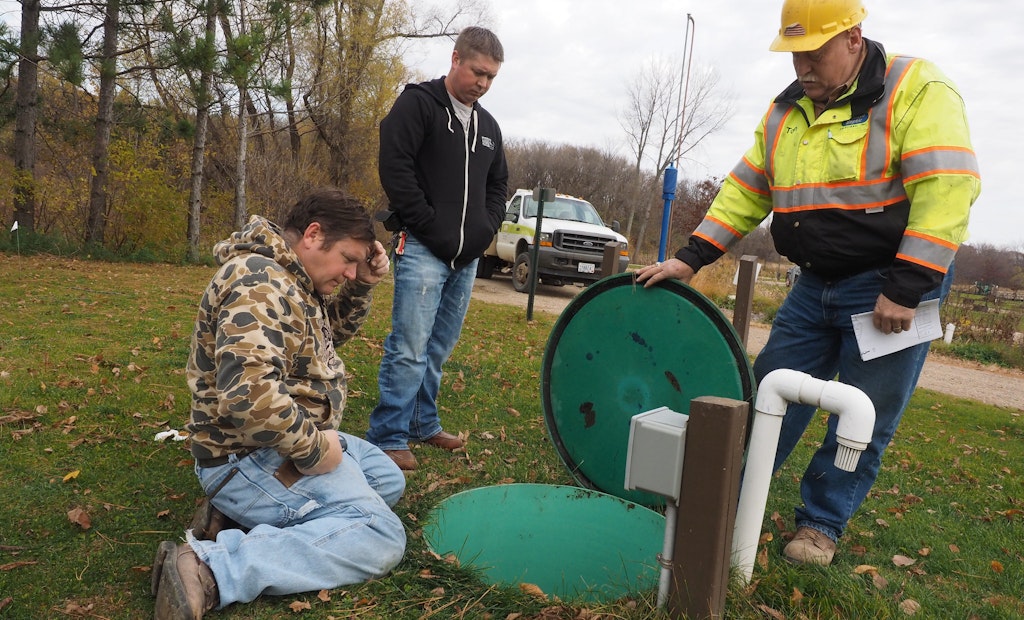You replace a failed or failing system and then you get the call: “I have bad sewer gas odors and did not have them before you replaced my system, so you must have done something wrong.”
It’s always better to warn customers before you replace their system. “Replacing a...






